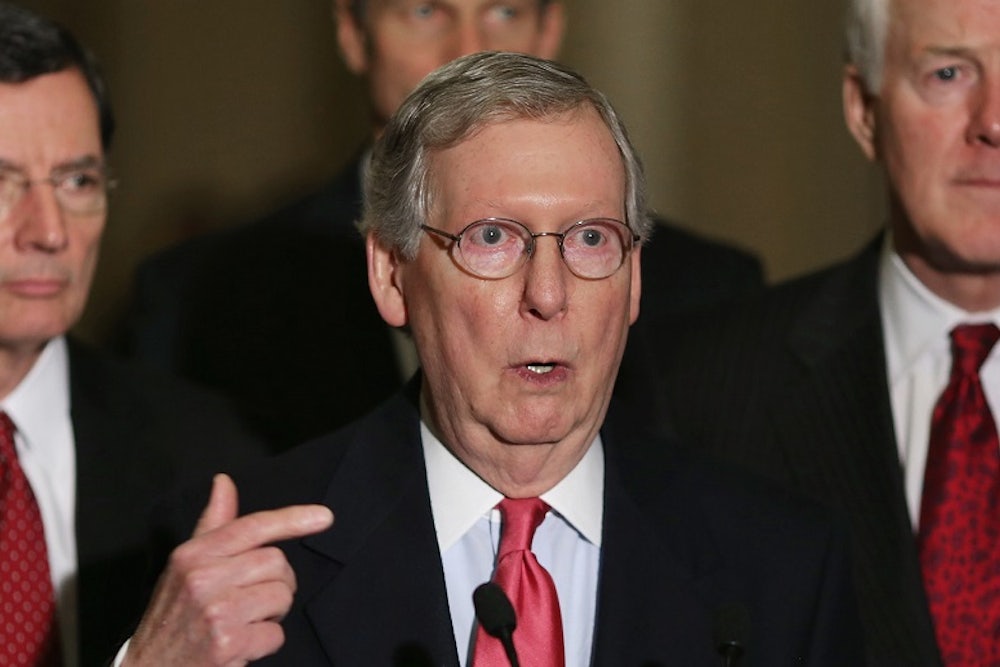Even though the economy contracted in the first quarter of 2014, the U.S. is not in a recession and will almost certainly not enter one this year. But for many Americans—57 percent of them, according to a March survey—it doesn’t feel that way, and for good reason. The economy is still operating well below capacity. Economic growth has been weak and jobs are scarce. Long-term unemployment is still a national crisis.
Those are the clear, devastating effects of the Great Recession. But there are also long-term consequences that aren’t quite as obvious. That’s the finding of a new National Bureau of Economic Research paper by Johns Hopkins economist Laurence Ball. Ball examines 23 OECD countries and analyzes not just how far their economies are from reaching potential GDP, but how far their potential GDP has fallen as well.
While economists commonly use GDP—the total value of all goods and services produced in a given year—to measure the size of the economy, they use a different metric called “potential GDP” to measure how much larger the economy would be if all of its resources were utilized. Potential GDP measures what the economy would produce if it was operating at full capacity. The output gap is the difference between GDP and potential GDP. That’s lost economic activity as a result of people not working and equipment sitting idle.
Just as GDP changes from year-to-year, potential GDP does as well. Ball uses OECD estimates for potential GDP from 2000 through 2009 and extrapolates them to 2015 to see what potential GDP would be if it had continued growing at its pre-recession pace. Here’s what he found for the U.S.:

The black line is GDP, red dashed line is actual potential GDP, and green circles are potential GDP based on previous forecasts. The gap between GDP and potential GDP—the output gap—has represented trillions of dollars of lost economic activity during the past seven years. But the gap between potential GDP and the green circles—potential GDP based on extrapolating previous forecasts—represents lost economic potential. In other words, the U.S. economy was on pace to have potential GDP equal to those green circles. Thanks to the recession, even if we reach full employment, our potential GDP is only the red dashed line. Everything between that and the green circles is out of reach. In economic terms, this is the result of hysteresis.
In 2013, U.S. potential GDP was 4.7 percent below its pre-recession trend. Of the 23 countries that Ball examined, that’s the fourth best. Greece, Hungary and Ireland fare the worst—their potential GDPs have all fallen by more than 25 percent. Here is the projected loss in potential GDP in 2015:

While many economists were not surprised at the hysteresis effects, it has been stronger than many anticipated. Ball's hypothesis is “that recessions sharply reduce capital accumulation; have long-term effects on employment (largely through lower labor force participation); and may slow the growth of total factor productivity.” If we lose millions of long-term unemployed workers to permanent unemployment, that is more than just a temporary drag on the economy. It’s permanent.
But just as recessions reduce potential GDP, we can enact policies that increase it. Immigration reform would increase labor force participation. Relaxing housing restrictions in major cities would create a construction boom and allow firms to spend more on capital and labor thanks to lower costs of commercial real estate. Rebuilding our damaged infrastructure would both invest in the future and put construction workers back to work. When economists look back a decade from now on this lost economic potential, they will blame our policy choices today.
